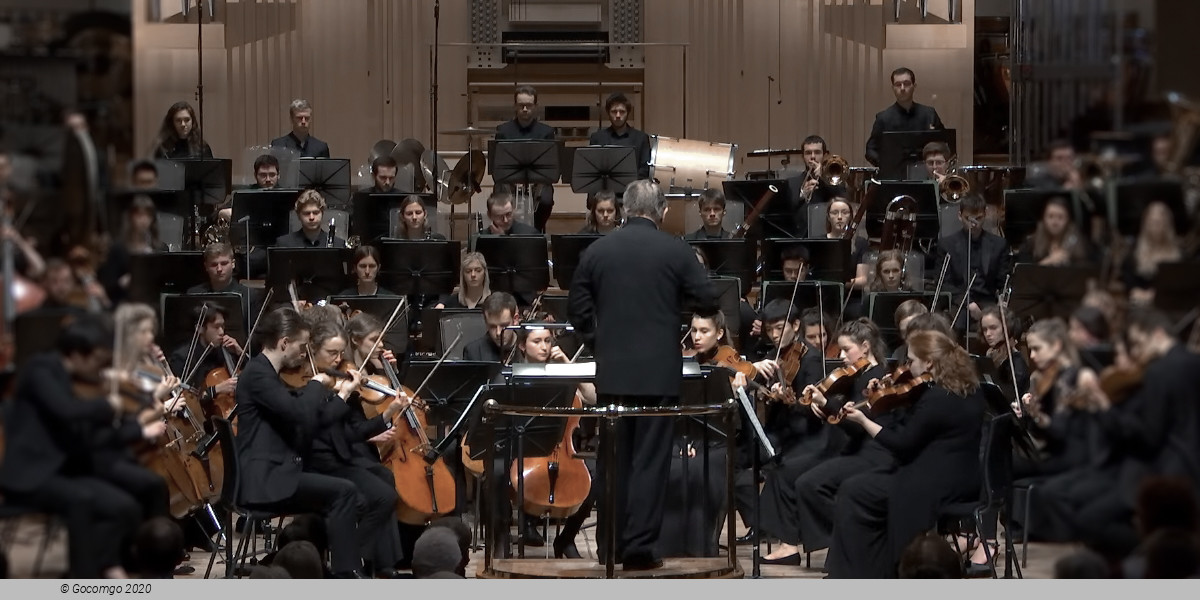Events1 results
About
Hanns Eisler (6 July 1898 – 6 September 1962) was an Austrian composer (his father was Austrian, and Eisler fought in a Hungarian regiment in World War I). He is best known for composing the national anthem of East Germany, for his long artistic association with Bertolt Brecht, and for the scores he wrote for films. The Hochschule für Musik "Hanns Eisler" is named after him.
Family background
Johannes Eisler was born in Leipzig in Saxony, the son of Rudolf Eisler, a professor of philosophy, and Marie Ida Fischer. His father was Jewish and his mother was Lutheran. In 1901, the family moved to Vienna. His brother, Gerhart, was a Communist journalist, and his sister, Elfriede, was a leader of the German Communist Party in the mid-1920s. After emigrating to America, she turned into an anti-communist, writing books against her former political affiliation, and even testifying against her brothers before the House Un-American Activities Committee.
At age 14 Eisler joined a socialist youth group.
Early years and Bertolt Brecht
During the Great War, Hanns Eisler served as a front-line soldier in the Austro-Hungarian army and was wounded several times in combat. Returning to Vienna after Austria's defeat, he studied from 1919 to 1923 under Arnold Schoenberg. Eisler was the first of Schoenberg's disciples to compose in the twelve-tone or serial technique. He married Charlotte Demant in 1920; they separated in 1934. In 1925, he moved to Berlin—then a hothouse of experimentation in music, theater, film, art and politics. There he became an active supporter of the Communist Party of Germany and became involved with the November Group. In 1928, he taught at the Marxist Workers' School in Berlin and his son Georg Eisler, who would grow up to become an important painter, was born. His music became increasingly oriented towards political themes and, to Schoenberg's dismay, more "popular" in style with influences drawn from jazz and cabaret. At the same time, he drew close to Bertolt Brecht, whose own turn towards Marxism happened at about the same time. The collaboration between the two artists lasted for the rest of Brecht's life.
In 1929, Eisler composed the song cycle Zeitungsausschnitte, Op. 11. The work is dedicated to Margot Hinnenberg-Lefebre. Though not written in the twelve-tone technique, it was perhaps the forerunner of a musical art style later known as "News Items" (or perhaps better characterized as "news clippings") – musical compositions that parodied a newspaper's content and style, or that included lyrics lifted directly from newspapers, leaflets, magazines or other written media of the day. The cycle parodies a newspaper's layout and content, with the songs comprising it given titles similar to headlines. Its content reflects Eisler's socialist leanings, with lyrics memorializing the struggles of ordinary Germans subject to post–World War I hardships.
Eisler wrote music for several Brecht plays, including The Decision (Die Maßnahme) (1930), The Mother (1932) and Schweik in the Second World War (1957). They also collaborated on protest songs that celebrated, and contributed to, the political turmoil of Weimar Germany in the early 1930s. Their Solidarity Song became a popular militant anthem sung in street protests and public meetings throughout Europe, and their Ballad of Paragraph 218 was the world's first song protesting laws against abortion. Brecht-Eisler songs of this period tended to look at life from "below"—from the perspective of prostitutes, hustlers, the unemployed and the working poor. In 1931–32 he collaborated with Brecht and director Slatan Dudow on the working-class film Kuhle Wampe.
In exile
After 1933, Eisler's music and Brecht's poetry were banned by the Nazi Party. Both artists went into exile. While Brecht settled in Svendborg, Denmark, Eisler traveled for a number of years, working in Prague, Vienna, Paris, London, Moscow, Spain, Mexico and Denmark. He made two visits to the US, with speaking tours from coast to coast.
In 1938, Eisler finally managed to emigrate to the United States with a permanent visa. In New York City, he taught composition at New School for Social Research and wrote experimental chamber and documentary music. In 1942, he moved to Los Angeles where he joined Brecht, who had arrived in California in 1941 after a long trip eastward from Denmark across the Soviet Union and the Pacific Ocean.
In the U.S., Eisler composed music for various documentary films and for eight Hollywood film scores, two of which — Hangmen Also Die! and None but the Lonely Heart — were nominated for Oscars in 1944 and 1945 respectively. Also working on Hangmen Also Die! was Bertolt Brecht, who wrote the story along with director Fritz Lang. From 1927 to the end of his life, Eisler wrote the music for 40 films, making film music the largest part of his compositions after vocal music for chorus and/or solo voices.
On 1 February 1940, he began work on the "Research Program on the Relation between Music and Films" funded by a grant from the Rockefeller Foundation, which he got with the help of film director Joseph Losey and The New School. This work resulted in the book Composing for the Films which was published in 1947, with Theodor W. Adorno as co-author.
In several chamber and choral compositions of this period, Eisler returned to the twelve-tone method he had abandoned in Berlin. His Fourteen Ways of Describing the Rain — composed for Arnold Schoenberg's 70th birthday celebration — is considered a masterpiece of the genre.
Eisler's works of the 1930s and 1940s included Deutsche Sinfonie (1935–57)—a choral symphony in eleven movements based on poems by Brecht and Ignazio Silone—and a cycle of art songs published as the Hollywood Songbook (1938–43). With lyrics by Brecht, Eduard Mörike, Friedrich Hölderlin and Goethe, it established Eisler's reputation as one of the 20th century's great composers of German lieder.


